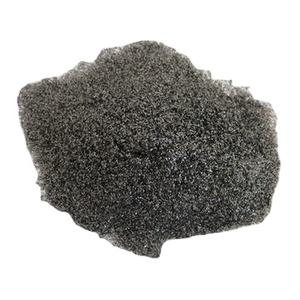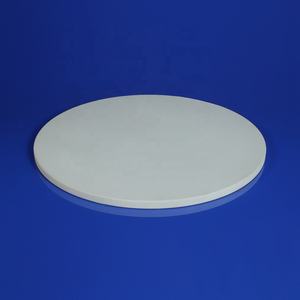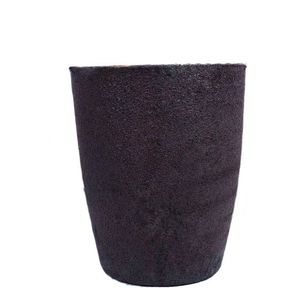In recent years, the real estate industry has seen the “cost is king” phenomenon. The more the industry is in recession, the more common this phenomenon becomes. They all say “spend money wisely,” but now it has reached the point of “save money wisely.”
In current projects, type II blocks are still mostly used, and the thickness of the mortar joints is generally 10 to 15 mm. Thick mortar joints not only cause a “cold bridge” phenomenon between the mortar and the blocks but also easily lead to problems such as hollowing and cracks. It not only weakens the thermal insulation effect of block masonry but also brings quality risks.
In European countries, thin mortar joint masonry technology has been widely promoted, and the thickness of the mortar joints is generally within 4mm. The author believes that we current high-precision block production technology and workers’ construction operation level are qualified to promote high-precision block walls.
The advantages of high-precision block walls are obvious, and the error after completion can be controlled within the 0 to 3mm range. The permissible deviations and inspection methods for general plastering and the permissible deviations for acceptance items such as facade verticality and surface flatness for advanced plastering are all 3mm, so the accuracy of high-precision blocks can meet the technology of plaster-free walls. Require.
Of course, the selection of high-precision building blocks generally makes sense only when combined with the aluminum alloy formwork process. The advantage of aluminum alloy formwork is that the concrete surface of the shear wall (column) has good flatness and can meet the standards of fair-faced concrete.
Aluminum alloy formwork is used in conjunction with high-precision masonry blocks. The error range between the main structure and the masonry can be controlled within the range of 0 to 3mm, meeting the technical requirements of plaster-free. Putty can be applied directly to the main structure and masonry construction.
After the wall masonry is completed, the plastering construction is skipped and the next process is directly constructed to reduce the number of wet work on site. Therefore, the promotion of high-precision blocks and the use of thin-layer dry-laying construction methods not only improve the wall’s quality but also the level of green construction. Click here to learn about the project construction management platform.
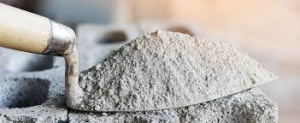
Is it an optimization to replace A5.0 with A3.5 for exterior wall infill wall blocks?
Some time ago, I saw somewhere that during project cost optimization, the autoclaved aerated concrete blocks for the exterior walls were replaced with A5.0 by A3.5, and it was said that this move could save tens of thousands of dollars. It cannot be said that such “optimization” has no basis, but the author does not agree with this “cost-only” optimization idea.
A very important factor in this is that the strength of autoclaved aerated concrete blocks is relatively low, roughly between 2.5 and 6.0MPa. If the strength of the plastering mortar is high, the masonry’s ability to withstand the shrinkage stress of the mortar is often insufficient, leading to hollowing.
Since the beginning of the use of aerated concrete blocks in the project, the problems of hollowing and cracking of the plaster layer have existed like “birthmarks” and have not yet been completely solved.
This situation is common in projects that use traditional self-mixed mortar as plastering mortar. With the promotion of ready-mixed commercial mortar, the problem is even more prominent.
The strength of plastering mortar and aerated concrete blocks are different, and the expansion coefficient and thermal conductivity are also quite different. When the temperature changes, shear stress is formed at the interface between the plaster mortar layer and the aerated concrete wall, which is one of the causes of hollowing and cracking of the plaster layer.
Therefore, replacing A5.0 grade bricks with A3.5 grade blocks based on specifications increases quality risks, which is not good for exterior walls with complex engineering environments and is not worth recommending.
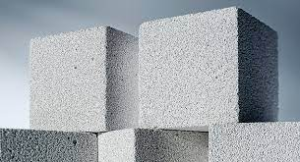
In fact, in industry standards or local regulations, there are certain restrictions on the statement that the grade of exterior wall air-entrained blocks is “not less than A3.5”.
The use environment of exterior walls is complex and has high performance requirements for wall materials. Generally, the strength grade of materials used for exterior walls is higher than that of interior walls. Precision blocks have small size deviations, no bursting, and zero material damage. Therefore, it is stipulated that when precision blocks are constructed using thin-layer mortar masonry, the strength indicators of the blocks are appropriately relaxed to give full play to the high-quality properties of the materials.
Therefore, cost optimization is not as simple and crude as stepping on the specification’s lower limit.
Supplier
TRUNNANO is a supplier of raw materials of aerated concrete with over 12 years experience in nano-building energy conservation and nanotechnology development. It accepts payment via Credit Card, T/T, West Union and Paypal. Trunnano will ship the goods to customers overseas through FedEx, DHL, by air, or by sea. If you are looking for high-quality raw materials of aerated concrete please feel free to contact us and send an inquiry.

